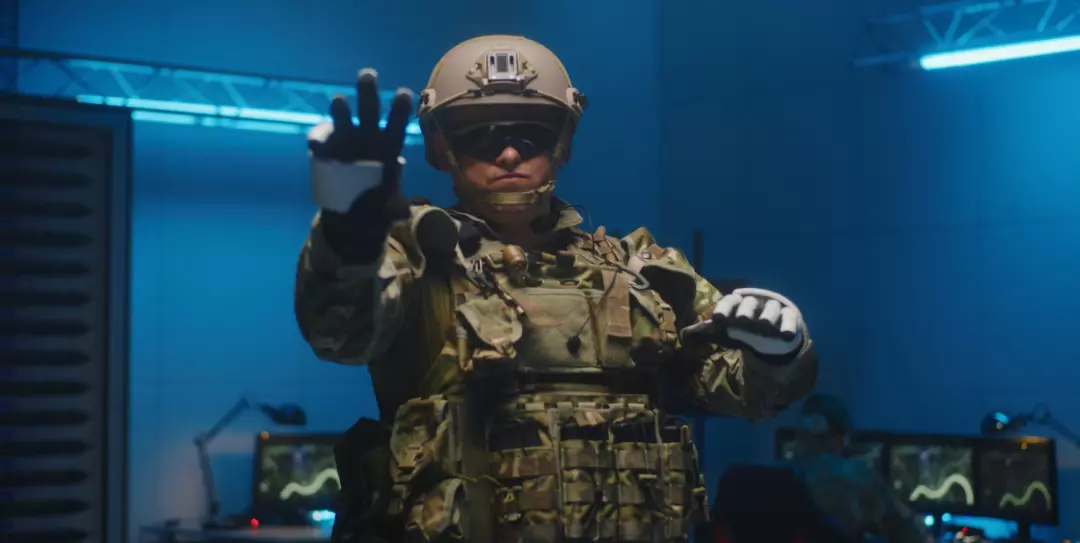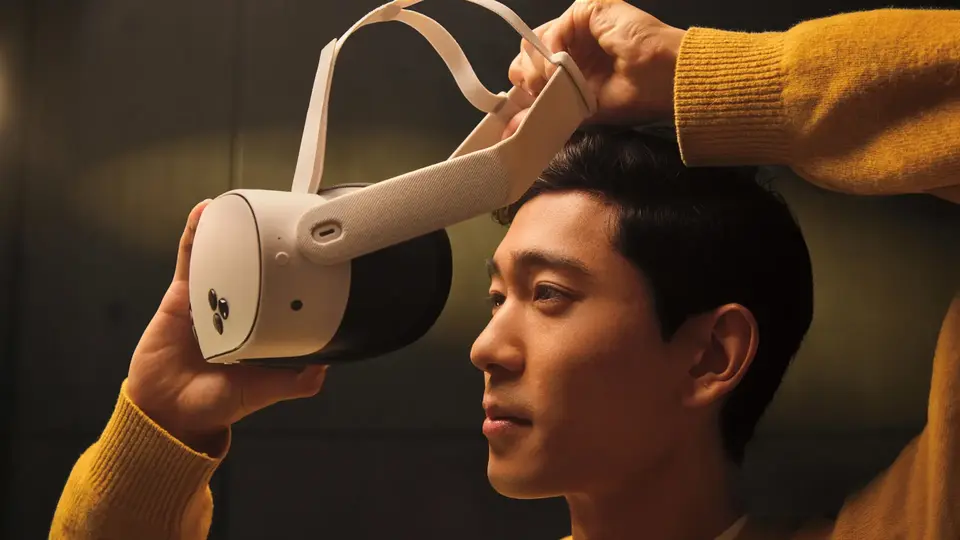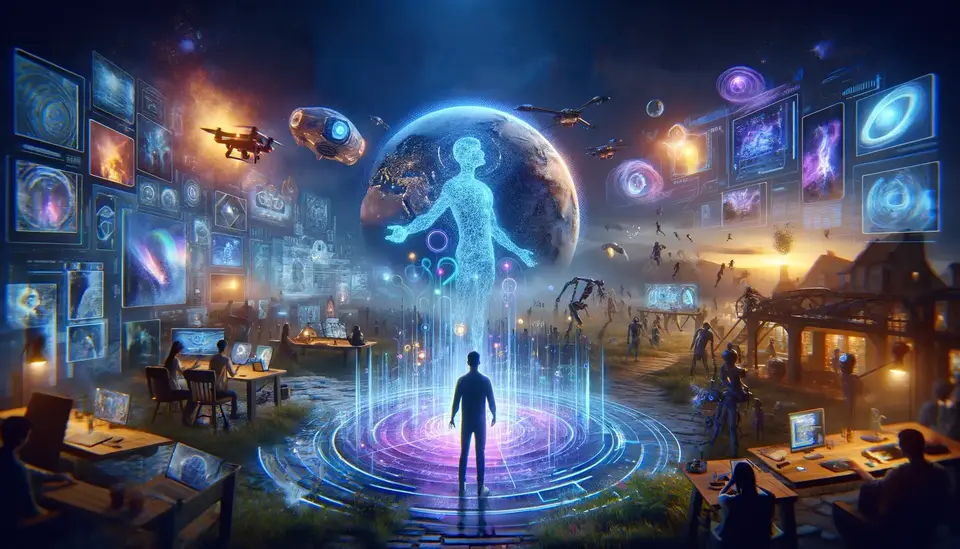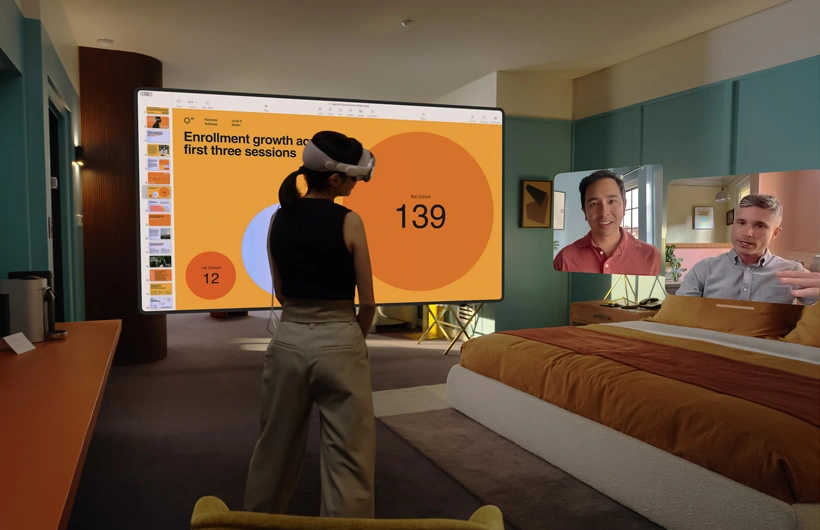Real Examples and Use Cases of Mixed Reality in Military
Posted on May 20, 2023 4 minutes 820 words
Table of contents
Mixed Reality (MR) is a rapidly growing technology that combines elements of Virtual Reality (VR) and Augmented Reality (AR) to create a hybrid experience that blends the digital world with the physical one. With its potential to revolutionize various industries, MR has become a key focus area for research and development. In the military context, MR offers significant advantages in enhancing the effectiveness and safety of missions, training, and support activities. This blog post will explore the real examples and use cases of MR in the military, highlighting its applications in training and simulation, battlefield situational awareness, remote vehicle and drone operation, medical support, and maintenance.
Training and Simulation
MR has proven to be a powerful tool for creating realistic and immersive training environments for soldiers, pilots, and other military personnel. By blending digital content with the physical world, MR allows trainees to interact with virtual objects and scenarios as if they were real, leading to more effective and engaging training experiences.
Synthetic Training Environment (STE)
One notable example of MR in military training is the Synthetic Training Environment (STE) developed by the US Army. This advanced system combines virtual and augmented reality to simulate diverse training scenarios, from urban warfare to counterinsurgency operations. The STE not only enables soldiers to hone their skills in a safe and controlled environment but also reduces the logistical challenges and costs associated with traditional live training exercises.
Remote Vehicle and Drone Operation
MR is poised to revolutionize remote control of military vehicles and drones by providing a more intuitive and immersive interface. By combining real-world imagery with virtual control interfaces, MR enables operators to better understand and interact with their remote assets, increasing both efficiency and safety.
MR-Enabled UAV Control System
The UK Ministry of Defence, for instance, has been developing an MR-enabled control system for unmanned aerial vehicles (UAVs) that allows operators to control the drones in a more natural and immersive way. By overlaying the UAV’s real-time video feed with digital control elements and contextual information, the system enables operators to more effectively navigate complex environments and execute their missions.
Battlefield Situational Awareness
MR has the potential to significantly improve situational awareness on the battlefield by providing real-time information to soldiers through intuitive and contextually relevant visualizations. By overlaying digital content onto the user’s field of view, MR can present crucial data such as maps, navigation, and enemy locations in a seamless and unobtrusive manner.
Integrated Visual Augmentation System (IVAS)
A prominent example of MR-enhanced situational awareness is the Integrated Visual Augmentation System (IVAS) developed by Microsoft in collaboration with the US Army. This cutting-edge system combines AR headsets with advanced sensors and software to provide soldiers with real-time data on their surroundings, helping them make better-informed decisions and ultimately enhancing mission effectiveness.
Maintenance and Repair
MR can revolutionize maintenance and repair processes in the military by overlaying relevant information and instructions directly onto real-world objects. This can help technicians and mechanics perform their tasks more efficiently and accurately, reducing downtime and improving overall operational readiness.
Remote Augmented Reality Maintenance Assistance (RARM-A)
The US Air Force has been developing the Remote Augmented Reality Maintenance Assistance (RARM-A) system, which facilitates aircraft maintenance and repair using MR technology. By wearing AR headsets, maintenance personnel can access step-by-step instructions, diagrams, and other relevant information overlaid onto the actual aircraft components, enabling them to complete their tasks with greater speed and accuracy.
Medical Support and Telemedicine
MR has the potential to greatly enhance medical support and telemedicine for military personnel. By overlaying digital content such as instructions, diagrams, and patient data onto the real world, MR can help medics perform medical procedures more accurately and efficiently, even in remote or challenging environments.
HoloLens for Remote Surgical Assistance
In the civilian sector, Microsoft’s HoloLens has been used for remote surgical assistance. This technology could be adapted for military use. With HoloLens, a surgeon located in a safe and secure location could assist a medic on the field. The medic would wear the HoloLens headset, and the remote surgeon would see exactly what the medic sees. The surgeon could then guide the medic through the procedure, drawing virtual lines to show where to make incisions, for example.
This could be particularly useful in combat zones where a specialized surgeon may not be immediately available. The HoloLens could provide real-time, life-saving assistance when it’s needed most.
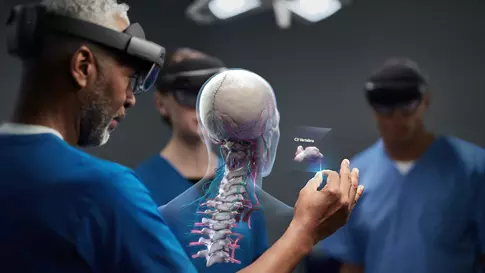
Conclusion
Mixed Reality has the potential to be a game-changer in military applications, offering numerous benefits across various aspects of operations. From enhancing training and situational awareness to enabling remote operation, medical support, and maintenance, MR technology holds great promise for improving the effectiveness and safety of military missions. As research and development continue, we can expect to see even more innovative and impactful applications of MR in the military, helping to shape the future of defense and security.

